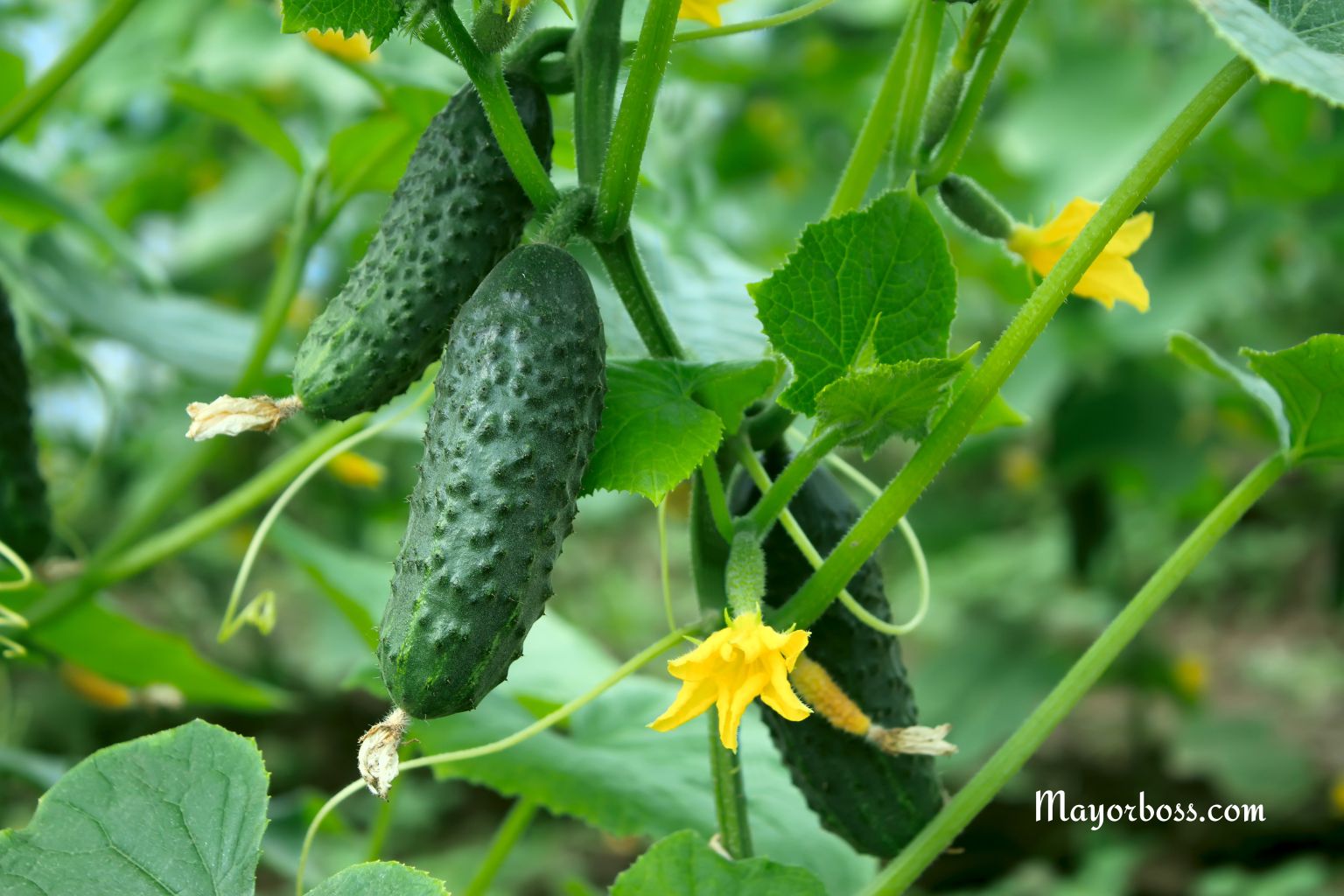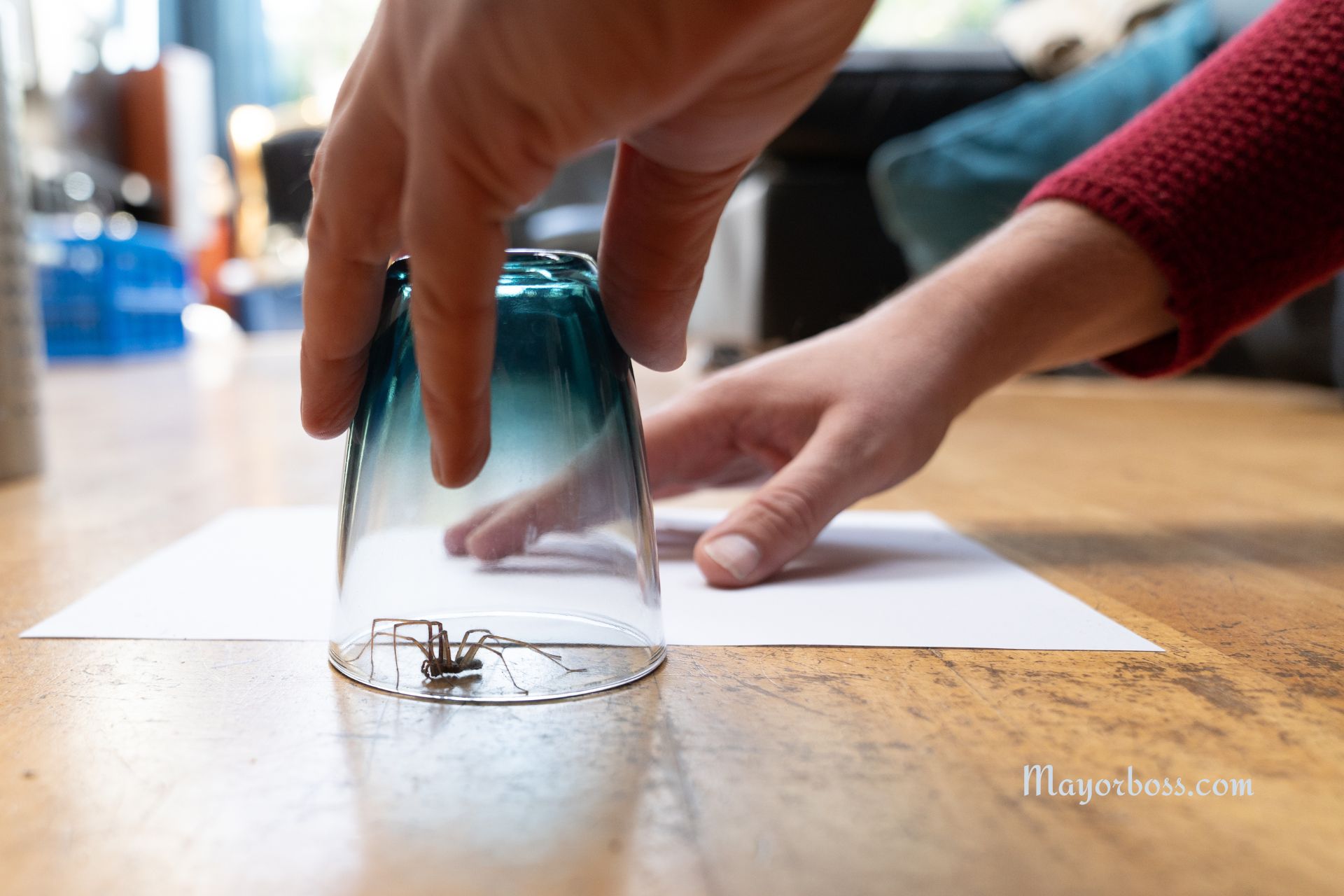How Boric Acid Can Save Your Cucumber Harvest and Help You Grow Big Cucumbers
Boric acid may sound like a chemical you’d find only in a lab, but it has practical uses that every cucumber grower should know. According to experts, using boric acid in your garden can protect your cucumbers from common problems and promote bigger, healthier fruits. This article explains how boric acid works in cucumber farming and how to use it safely and effectively.

What Is Boric Acid?
Boric acid is a mild antiseptic and insecticide derived from boron, a natural element found in soil and water. In gardening, it helps control pests and diseases that attack plants. It also acts as a micronutrient, providing boron, which plants need in small amounts to grow properly.
Boron is essential for cell wall strength and reproduction in plants. When cucumbers do not get enough boron, their growth slows, flowers drop early, and fruits may become misshapen or fail to develop.
Why Cucumbers Need Boron
Cucumbers are especially sensitive to boron deficiency, according to the NSW Department of Primary Industries. Without enough boron, cucumber plants can suffer from:
- Poor fruit development: Fruits may be small, cracked, or hollow inside.
- Flower drop: Flowers fall off before turning into cucumbers.
- Weak stems and leaves: This makes the plant less healthy and more vulnerable.
- Reduced yield: You end up with fewer cucumbers overall.
Because boron affects growth at the cellular level, a lack of it directly impacts the size and quality of your cucumbers. This is where boric acid can help. Keep reading to learn more.
How Boric Acid Helps Your Cucumber Plants
Boric acid provides a controlled source of boron to your soil or plants. When applied correctly, it:
- Prevents boron deficiency: Keeps your cucumbers healthy from seedling to harvest.
- Boosts flower and fruit development: Encourages more flowers to mature into cucumbers.
- Improves fruit quality: Helps cucumbers grow larger and avoid deformities.
- Protects against pests: Acts as a mild insecticide against pests like aphids and mites.
By supplying boron through boric acid, you support your cucumber plants’ growth and overall health, leading to a better harvest.
How to Use Boric Acid in Your Cucumber Garden
Using boric acid requires care and precision. Too little won’t help, and too much can harm your plants. Follow these guidelines:
1. Test Your Soil First
Before adding boric acid, test your soil for boron levels. This will tell you if your soil needs supplementation or already has enough boron. Many local agricultural extensions offer soil testing services.
2. Apply Boric Acid Correctly
If your soil test shows low boron, apply boric acid as a fertilizer supplement. The usual rate is about 1 to 2 pounds per acre, which translates to very small amounts for a home garden.
- Top Dressing: Lightly sprinkle boric acid around your cucumber plants, avoiding direct contact with the stems.
- Mix with Water: You can dissolve a small amount of boric acid in water to create a foliar spray. Spray leaves and flowers carefully early in the morning or late in the afternoon.
3. Do Not Overuse
Boron can be toxic to plants if used in excess. Avoid heavy, repeated applications. Always follow recommended doses, and keep boric acid out of reach of children and pets, according to Chemurgic Agricultural Chemicals Inc.
Signs Your Cucumbers May Need Boric Acid
If you notice any of the following, consider checking boron levels:
- Flowers are dropping before fruit forms
- Small, cracked, or misshapen cucumbers
- Weak or brittle stems
- Reduced number of fruits compared to previous seasons
Additional Benefits of Boric Acid for Cucumbers
Beyond improving growth, boric acid’s mild insecticidal properties help control pests that can damage cucumbers. Aphids, spider mites, and whiteflies often attack cucumbers, spreading disease and weakening plants. Using boric acid as part of an integrated pest management plan reduces pest numbers safely.
Safety Tips When Handling Boric Acid
Boric acid is safe for plants at recommended levels, but should be handled with care:
- Wear gloves when applying it.
- Avoid inhaling dust.
- Store in a labeled, secure container.
- Do not apply near edible parts without washing the fruit thoroughly before eating.
Takeaway
Boric acid is a valuable tool for cucumber growers. It provides the boron your plants need for strong growth, healthy flowers, and big, quality cucumbers. When used carefully and based on soil testing, boric acid helps protect your harvest from poor development and pest damage.
If you want to grow bigger cucumbers and improve your yield, consider adding boric acid to your gardening routine. It could be the key to a thriving cucumber harvest season.
Frequently Asked Questions
1. Is boric acid safe to use on cucumbers?
Yes, boric acid is safe when applied in the correct amounts. It provides essential boron that cucumbers need. Avoid overuse, and always follow recommended guidelines.
2. How often should I apply boric acid to my cucumber plants?
Typically, one application per growing season is enough if your soil test shows low boron. Overapplying can harm the plants.
3. Can boric acid be used as a spray?
Yes, a diluted boric acid solution can be sprayed on cucumber leaves and flowers to supply boron and help control pests. Apply in the early morning or late afternoon to avoid leaf burn.
4. What are the signs of boron deficiency in cucumbers?
Signs include flower drop, small or hollow fruits, cracked cucumbers, weak stems, and reduced yield.
5. Can boric acid replace other fertilizers?
No, boric acid only provides boron, a micronutrient. Your cucumbers still need balanced fertilization with nitrogen, phosphorus, potassium, and other nutrients.






